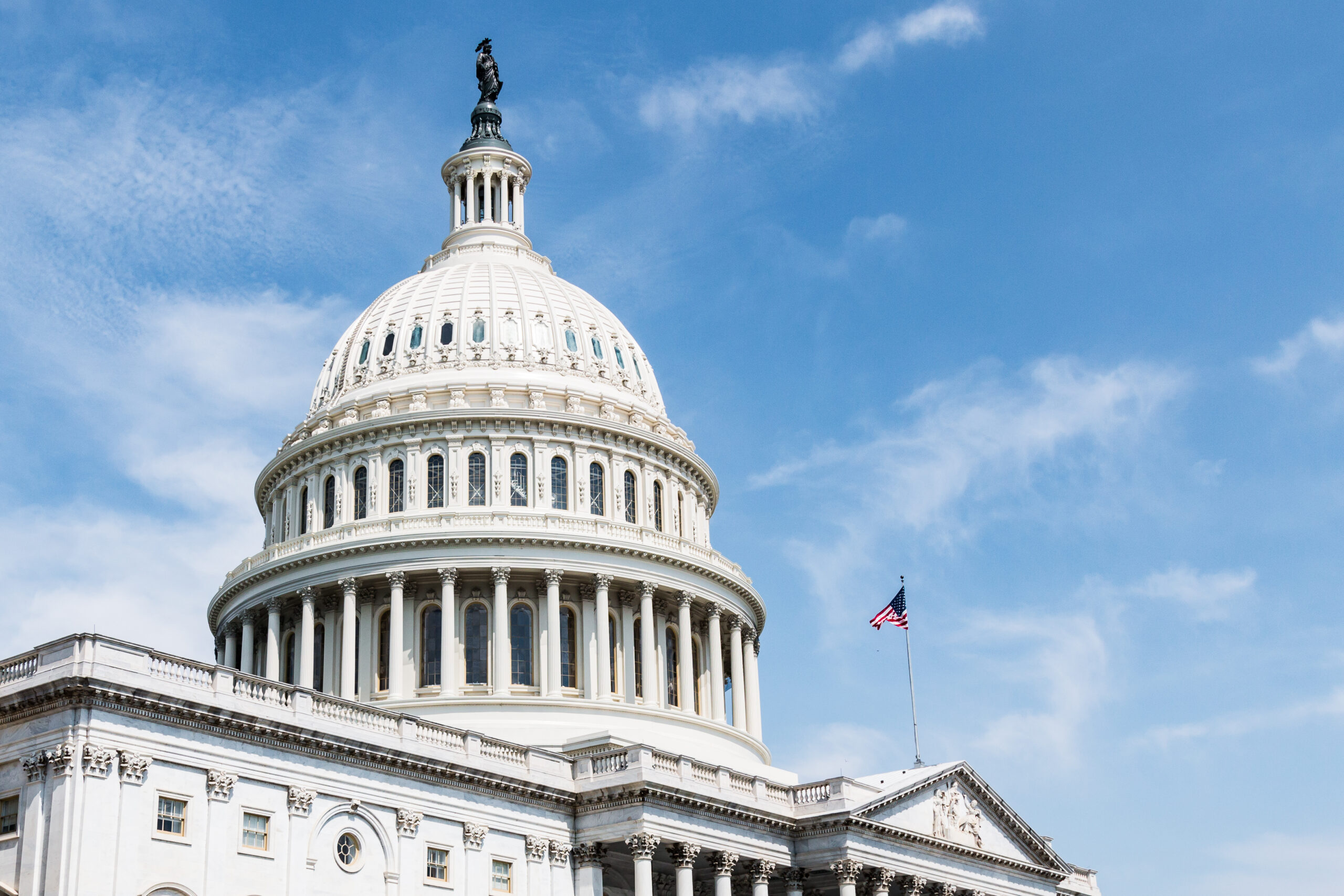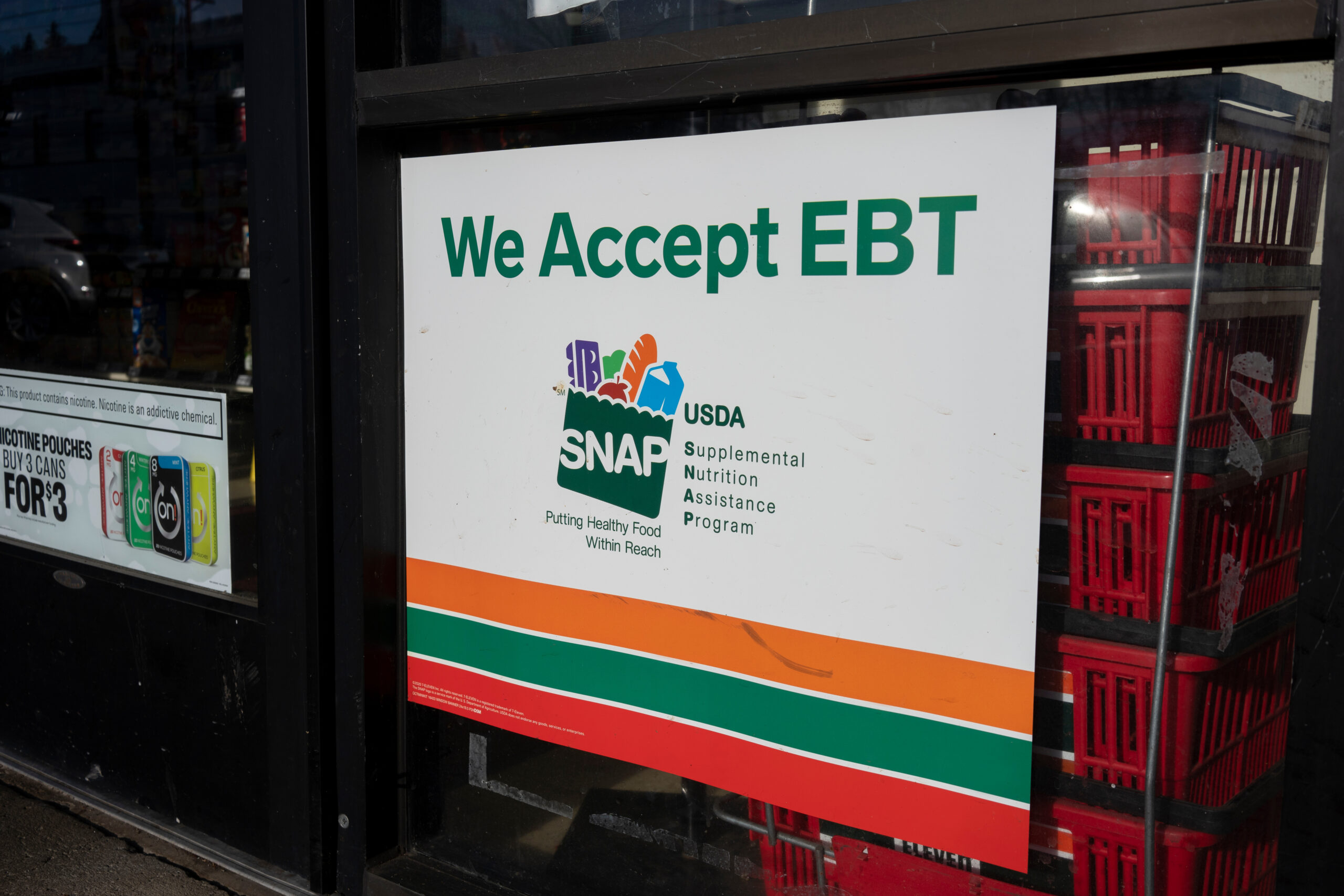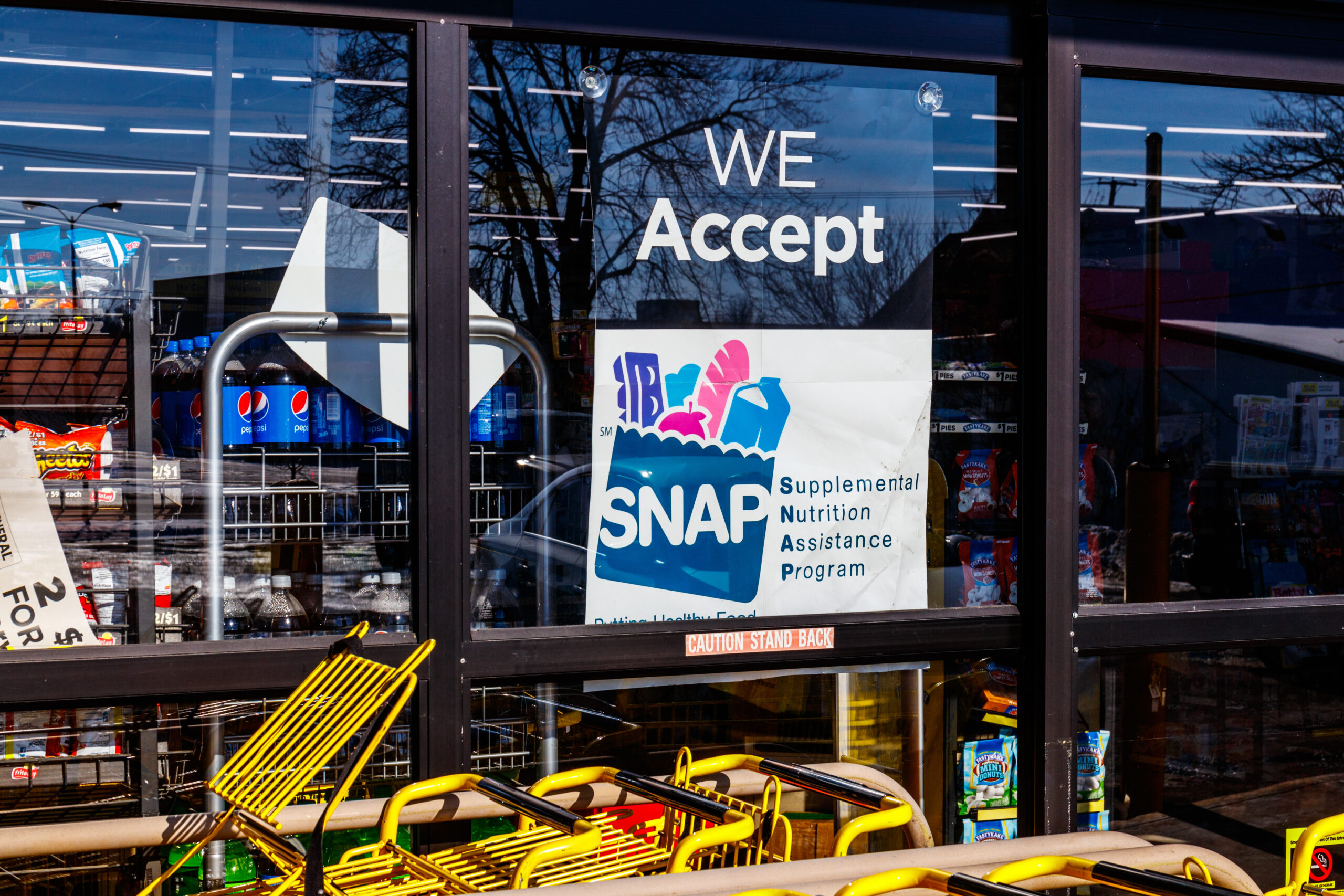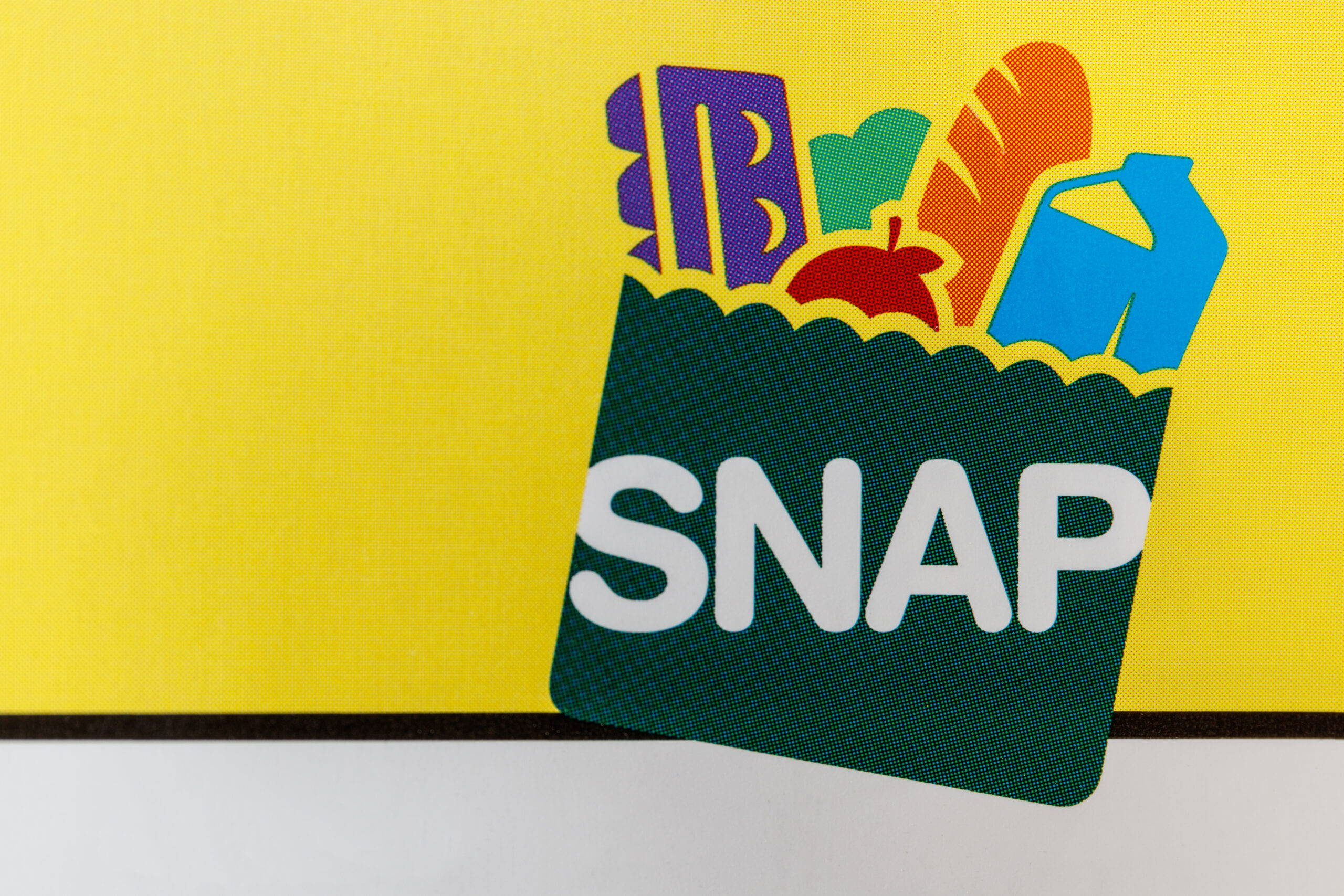Welcome to Our Research Archive
Search and filter by content type, issue area, author, and keyword
- ✕ Clear Filter
- Adam J. White (1)
- Angela Rachidi (65)
- Beth Akers (39)
- Brent Orrell (108)
- Bruce D. Meyer (15)
- Casey B. Mulligan (1)
- Charles Murray (1)
- Daniel A. Cox (11)
- Edward J. Pinto (31)
- Edward L. Glaeser (10)
- Frederick M. Hess (40)
- Greg Wright (1)
- Howard Husock (91)
- Ian Rowe (15)
- James C. Capretta (1)
- James Pethokoukis (21)
- John Bailey (2)
- Joseph Fuller (6)
- Kevin Corinth (77)
- Kyle Pomerleau (9)
- Leslie Ford (6)
- marie cohen (1)
- Mark Schneider (9)
- Mason M. Bishop (2)
- Matt Weidinger (86)
- Matthew Continetti (1)
- Max Eden (3)
- Michael Barone (1)
- Michael Brickman (3)
- Michael Pugh (2)
- Michael R. Strain (36)
- Naomi E. Feldman (1)
- Naomi Schaefer Riley (75)
- Nat Malkus (21)
- Nicholas Eberstadt (5)
- Paul Ryan (3)
- Preston Cooper (41)
- R. Glenn Hubbard (4)
- Ramesh Ponnuru (5)
- Raphael Colard (1)
- Richard Burkhauser (8)
- Richard V. Burkhauser (4)
- Robert Cherry (6)
- Robert Doar (14)
- Robert Pondiscio (18)
- Ross Douthat (2)
- Ryan Streeter (5)
- Sally Satel (2)
- Samuel J. Abrams (7)
- Scott Winship (63)
- Stan Veuger (10)
- Timothy P. Carney (16)
- Tobias Peter (37)
- W. Bradford Wilcox (91)
- Yuval Levin (10)

August 8, 2025
A win for Wisconsin families: Childcare in the 2025-2027 biennial state budget
Wisconsin’s 2025-2027 biennial budget includes several provisions aimed at improving the affordability of childcare in the Badger state, ending the misguided effort to directly support private childcare providers’ operating expenses with taxpayer dollars — and instead focusing on reducing costs for families through regulatory reform and targeted assistance. It’s a win for Wisconsin families. The…

August 7, 2025
Perspective on the OBBBA’s SNAP Cuts
The Congressional Budget Office (CBO) estimated that the One Big Beautiful Bill Act (OBBBA) will reduce federal spending for the Supplemental Nutrition Assistance Program (SNAP) by $186.7 billion over the next 10 years. While these reductions are substantial, they require important context.

July 22, 2025
How Large Would SNAP Be? Simulating the Size of SNAP Based on Changes to the Unemployment Rate
Abstract The Supplemental Nutrition Assistance Program (SNAP) is a means-tested transfer program available to all households that meet the eligibility criteria. Therefore, SNAP is also a countercyclical program, meaning that the size of the program increases during recessionary periods and decreases during expansionary periods. A large literature quantifies the magnitude of the relationship between the…

June 24, 2025
Putting the CBO’s Estimates of SNAP’s Work Requirement into Context
Recent proposals to expand the work requirement in the Supplemental Nutrition Assistance Program (SNAP) have been almost universally portrayed as a punitive effort to push low-income recipients off the program. Indeed, the Congressional Budget Office (CBO) estimated that over 3 million people will leave SNAP due to the work requirement expansions. However, it is important…

May 13, 2025
Common-Sense SNAP Reforms Included in House Agriculture Reconciliation Proposal
The House Agriculture committee released budget reconciliation text this week and scheduled a full committee markup. As part of the budget framework passed earlier this year, the Agriculture Committee was tasked with identifying cuts of $230 billion over 10 years. Nutrition programs account for the bulk of spending under the committee’s jurisdiction, with the Supplemental Nutrition Assistance Program (SNAP)…

May 2, 2025
SNAP is About Nutrition: My Response to Zycher
In a recent blog post, my AEI colleague Benjamin Zycher took issue with a letter to the editor I published in the Wall Street Journal, in which I agreed with columnist Allysia Finley’s argument to place further restrictions on what Supplemental Nutrition Assistance Program (SNAP) dollars can be used to purchase. My point was simple:…

April 28, 2025
Letter to the Editor: Sugary Treats Shouldn’t Be on the SNAP Menu
Allysia Finley is right to question the logic of allowing Supplemental Nutrition Assistance Program, or SNAP, beneficiaries to spend billions of government dollars earmarked for nutrition on sugary beverages and candy (“Do Food Stamps Make People Fat?,” Life Science, April 21). Critics maintain that government-mandated SNAP restrictions would threaten personal freedom. But SNAP is an…

April 23, 2025
In Case of Emergency, Open Block Grant: Part 2
Congress’s efforts to produce “one big, beautiful bill” that reflects President Donald Trump’s tax and spending priorities is about to kick into high gear as the House and Senate turn to crafting their respective reconciliation bills. Yet one key source of contention between House and Senate Republicans remains the amount of mandatory savings included in…

April 23, 2025
In Case of Emergency, Open Block Grant: Part 1
Congress’s efforts to produce “one big, beautiful bill” that reflects President Donald Trump’s tax and spending priorities is about to kick into high gear as the House and Senate turn to crafting their respective reconciliation bills. Yet one key source of contention between House and Senate Republicans remains the amount of mandatory savings included in…

April 8, 2025
The Supplemental Nutrition Assistance Program: Supporting Employment
Chairman Thompson, Ranking Member Craig, and members of the Agriculture Committee. Thank you for the opportunity to testify on this important issue. My name is Angela Rachidiand I am a Senior Fellow in poverty and opportunity studies at the American Enterprise Institute. I have spent much of the past 20 years researching and analyzing federal…